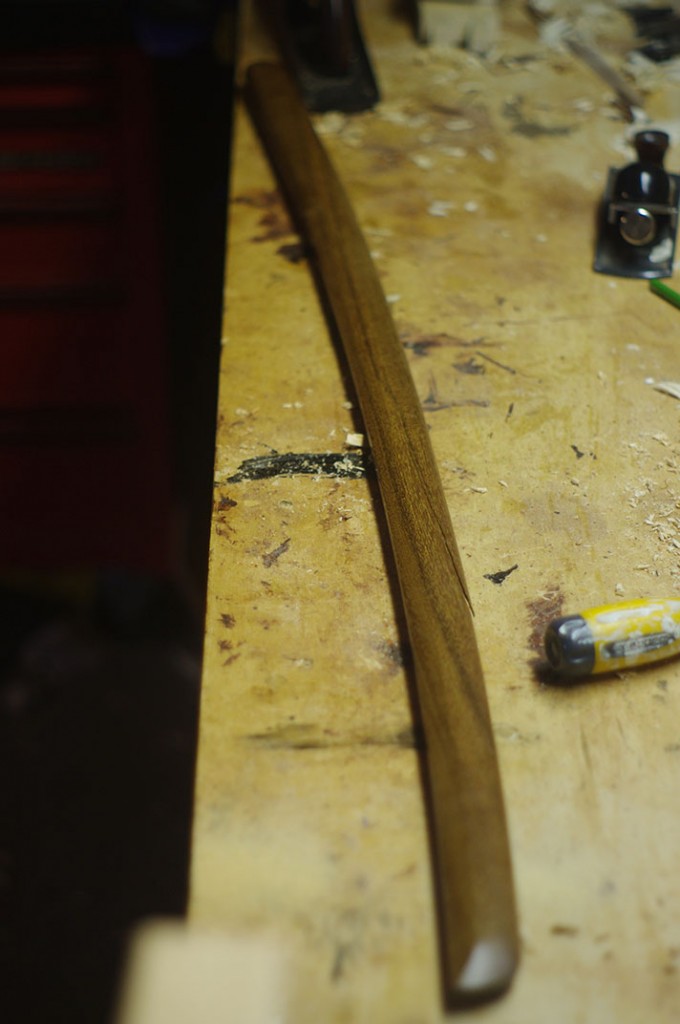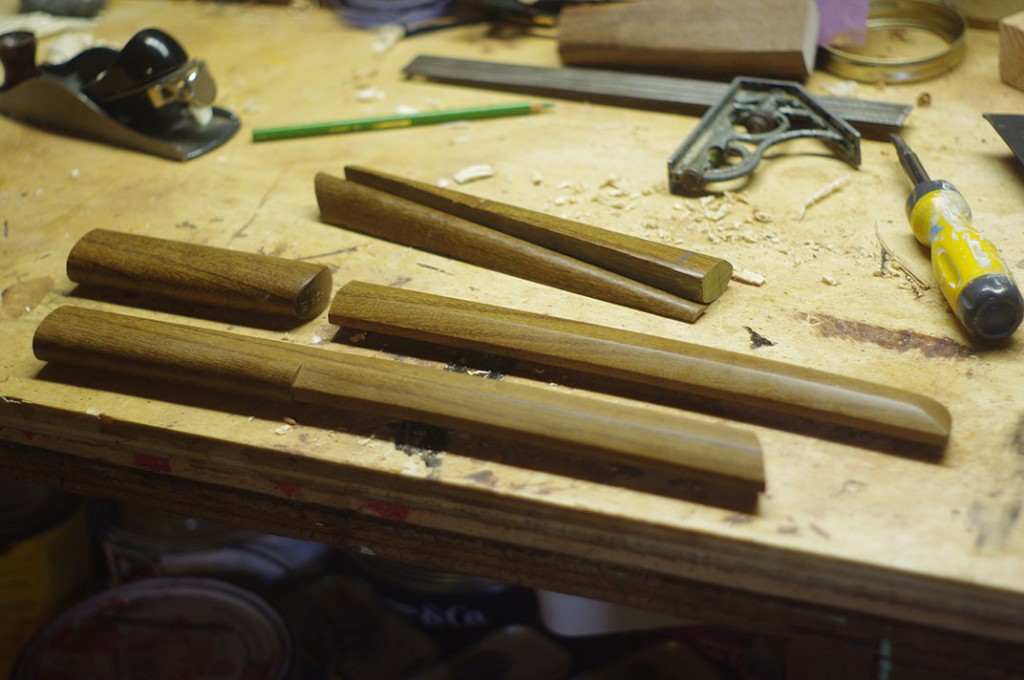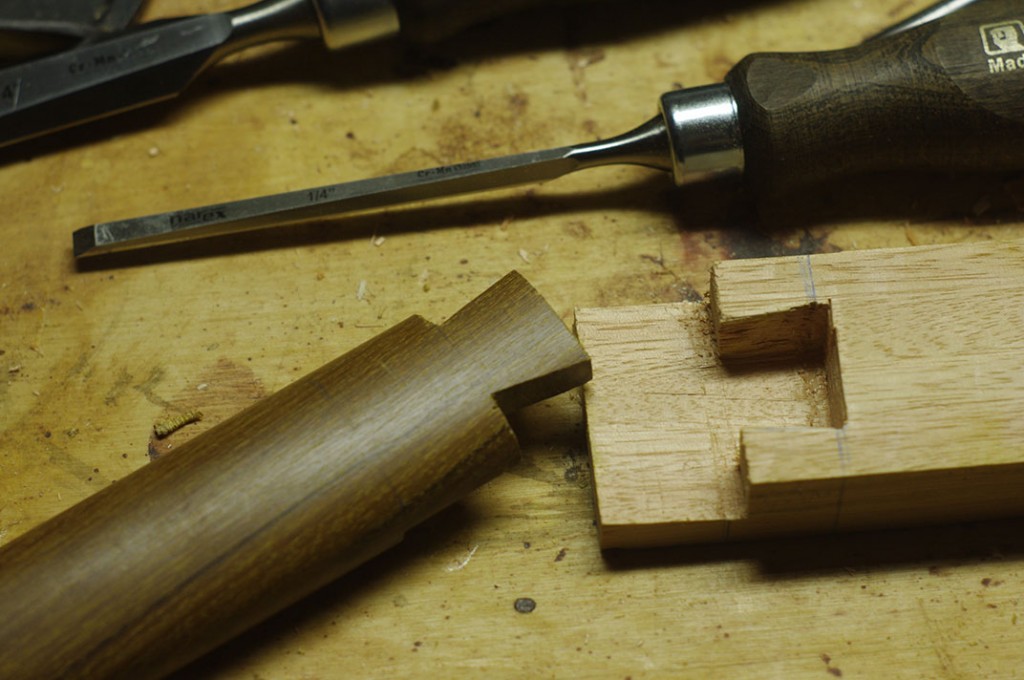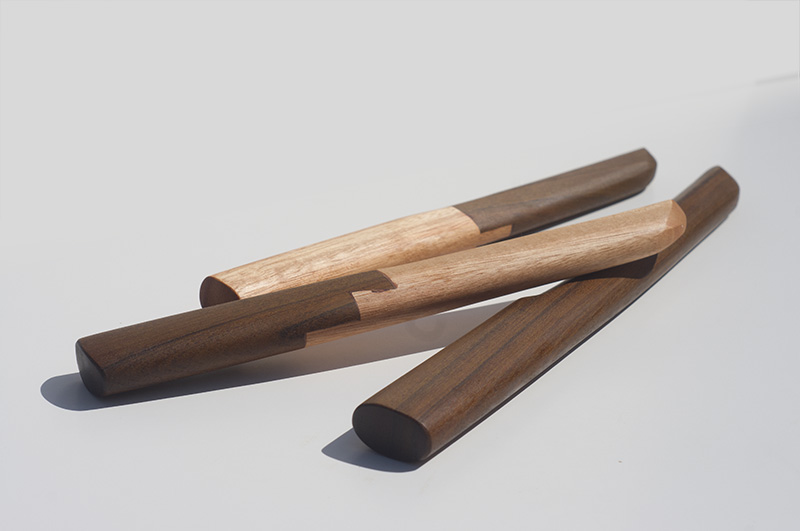A few weeks ago, I was invited to speak to the graduating seniors at my alma mater, TCNJ. As a part of their visiting artist series, they invited some alumni back to talk about their particular fields or work environments, and to give advice. It went ok. Frankly, I’m out of practice speaking to groups like this (work presentations are totally different), and I was off. This is part 1 of the talk I wish I gave.
First, I want to apologize to everyone for canceling last week. There was a typo in the initial email chain, and I wasn’t prepared for the sudden notice that I had 1 day, not 1 month to finish everything up.
So, I’m Dan Boyle. I graduated from TCNJ in 2003 with a BFA in Graphic Design. Since then I’ve spent my time working as a designer, in one form or another, in one industry or another, for one company or another. The economy crashed a couple times. I’ve taken jobs, quit jobs, and almost quit design entirely. I gained weight, lost weight, gained it again, turned 30 and discovered I’m not indestructible (those last two events were very closely timed), got married, bought a house, did some traveling, and had a kid. Right now I’m a designer and product manager for eBay.
While I’m going to talk a little (a lot?) about career stuff, and interactive design specifically, if I thought I could get away with it, I’d love to do nothing but brag about my kid and show you cute baby pictures, but that’s not really relevant to you guys. But I do want to say that while I will be talking a lot about working, that’s not all there is to life after college. But, it’s a big part of your life.
There is time for a couple kid pics, though.
So, almost 11 years of this. 11 years ago, you weren’t even in high school yet. The art department was still on the 3rd and 4th floors of Holman Hall. Our 3D animation lab was “updated” to dual processor G4s from the old SGI systems. SGI was still a company. Fanky and Anita were new. Like, really new. I think I had Anita her first semester teaching here. I think I had Fanky his second or third semester here. It feels like at least half of the current campus hadn’t been built yet.
Many places were still using G3 computers. G4s were a luxury. G5s, much less any Intel-based Mac were years off. OS X had just come out and was a mess. Apple itself was in terrible shape. We had to use Zip disks and Jazz drives to store our work, until they developed the “click of death” and we raced to back up our data. If you were lucky enough to afford an external hard drive, a 60GB firewire drive could store your college career’s worth of work and then some (and would only set you back a couple hundred dollars). The closest thing to a smartphone that you ever saw was a Blackberry, and they were crap for anything other than email. Nothing approaching iOS, Android or modern Windows Mobile existed. If you were lucky a friend in the dorms had a PS2 and you could play multiplayer games on their couch. Everquest was ruining academic careers and relationships.
The internet was a smaller place. The internet economy crashed. It rebuilt itself, and now it is making itself look stupid again. The only real social network was MySpace. It was terrible. RealPlayer was a legitimate option for streaming video/audio. It was also terrible. MP3 downloading was illegal – no iTunes/Amazon/Google Play. Google was this weird little company. No one knew what to do with YouTube. It was harder get your voice onto the internet, but it was, conversely, easier to stand out, but finding an audience was tough. Free AOL CDs were everywhere, and a great backup when your cable internet went out (which happened at least once a month).
No one had yet thought of the phrases “design thinking” or “user centered design” but we were all doing it. The Marketing and MBA people just hadn’t gotten ahold of it yet. David Carson occasionally showed up for speaking gigs. People actually knew who he was. Pentagram wasn’t just phoning it in. Digital Photography was the future, but still “actually” the future. You sure as hell weren’t getting anything decent from your cell phone. Quark was king, but it was terrible. InDesign wasn’t even a dream in Adobe’s eye. Photoshop 5 (not CS5!) was a huge upgrade, Director was powerful, but complicated – but worth mastering. Flash was the future of web design, and was responsible for incredibly innovative and completely unusable experiences. Now, Macromedia is part of adobe, Director is dead, and Flash is a niche within a niche, which is kind of a shame because a lot of the really cool stuff can’t be replicated (yet). Minimalism was an anti-trend. Web standards weren’t. Most web sites were just a collection of pages. Now we plan for responsive, mobile, accessible, webapps, and hi-dpi. WEBFONTS. OMG WEBFONTS. You have no idea how lucky you are to be in a world where you can use fonts other than Arial or Times New Roman on a website, and to actually expect it to work in most browsers.
I started to list all of the skills I graduated from college with that are no longer relevant, but it would make us all sad.











